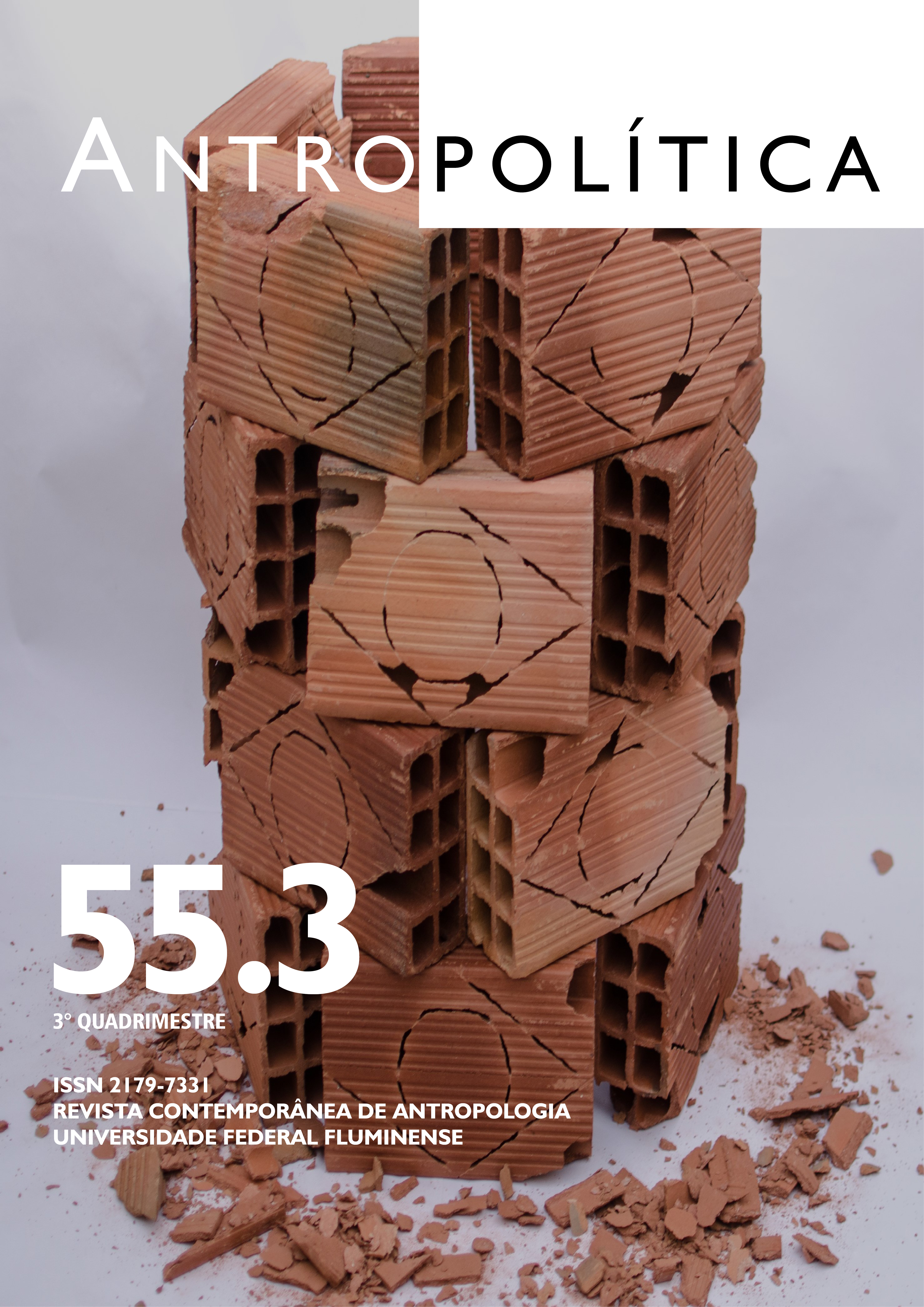Devices, associations and movements: victims of crime in contemporary Uruguay
DOI:
https://doi.org/10.22409/antropolitica.i.a56308Keywords:
Victims, Crimes, Recognition, Demands, Uruguay.Abstract
The purpose of this article is to address how different recognition initiatives have involved the construction of devices, organizations, institutional networks and demands for the care and protection of crime victims. The analysis will be carried out on three fundamental spaces. The first of them is located in a typically administrative device, as is the case of the Victims and Witnesses Unit that works in the orbit of the Office of the Attorney General of the Nation. The other two spaces are housed in the associative framework: on the one hand, we will analyze the case of the Association of Relatives and Victims of Crime (Asfavide) and, on the other, we will focus on the responses that come from the groups of women to the fight against gender violence. The applied methodology was qualitative and the techniques consisted of press survey and institutional programs (with their practices and techniques) analysis, interviews with different technicians and experts, as well as judicial operators and representatives of social organizations. In addition to this, we carried out participant observation in different courts. The main conclusions reached are linked to the fact that each of these spaces and their analyzed devices have different trajectories and profiles, but at the same time present similarities and convergences that help to underpin shared mechanisms to create specific forms of subjectivity of victims. Although the victims have been the object of recognition, disputes and interventions by organizations and institutions of different kinds, the scope of these actions has been limited for Uruguay.
Downloads
Published
How to Cite
Issue
Section
License
Copyright (c) 2023 Rafael Paternain, Luciana Scaraffuni

This work is licensed under a Creative Commons Attribution 4.0 International License.
O conteúdo da revista Antropolítica, em sua totalidade, está licenciado sob uma Licença Creative Commons de atribuição CC-BY (http://creativecommons.org/licenses/by/4.0/deed.pt).
De acordo com a licença os seguintes direitos são concedidos:
- Compartilhar – copiar e redistribuir o material em qualquer suporte ou formato;
- Adaptar – remixar, transformar, e criar a partir do material para qualquer fim, mesmo que comercial;
- O licenciante não pode revogar estes direitos desde que você respeite os termos da licença.
De acordo com os termos seguintes:
- Atribuição – Você deve informar o crédito adequado, fornecer um link para a licença e indicar se alterações foram feitas. Você deve fazê-lo em qualquer maneira razoável, mas de modo algo que sugira que o licenciante o apoia ou aprova seu uso;
- Sem restrições adicionais — Você não pode aplicar termos jurídicos ou medidas de caráter tecnológico que restrinjam legalmente outros de fazerem algo que a licença permita.


